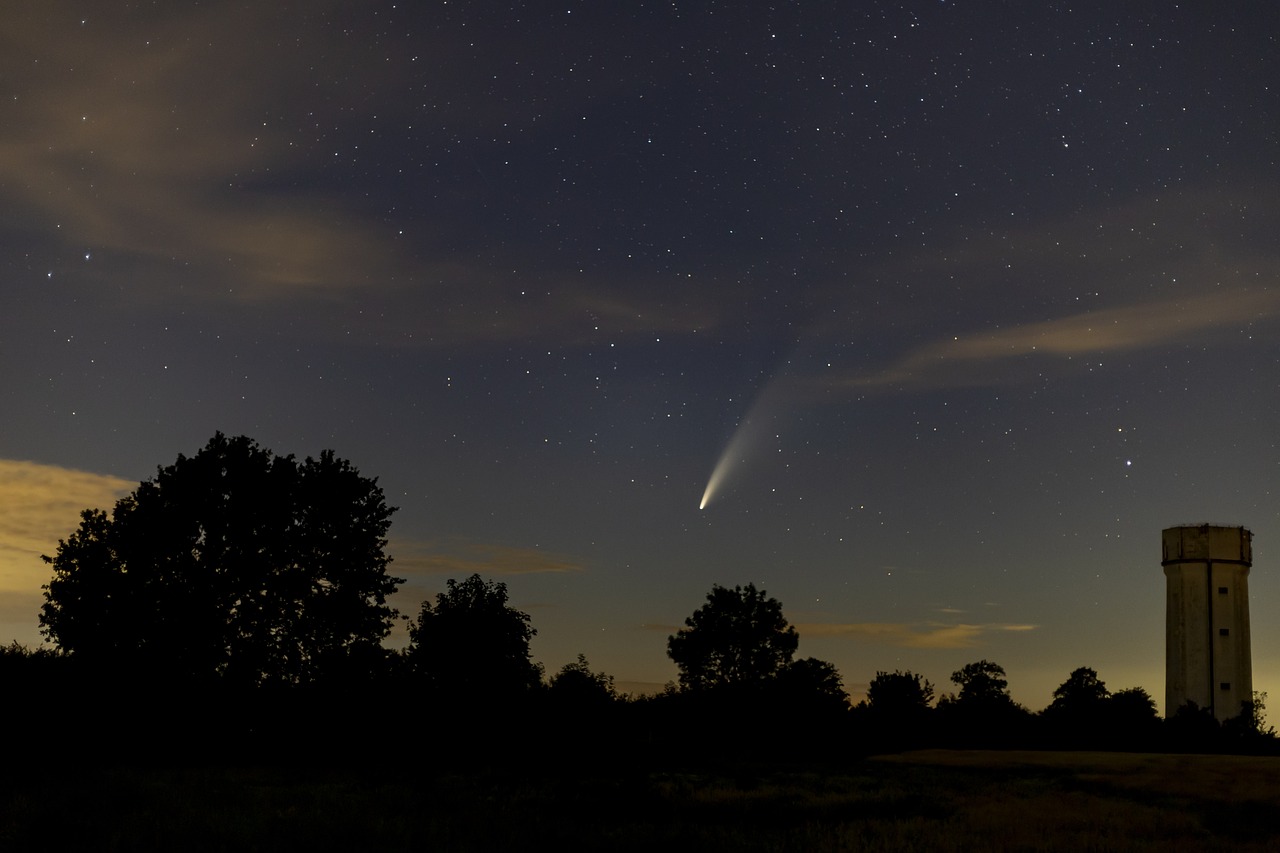NASA has issued a new alert regarding asteroid 2013 FW13, a massive space rock that will make a close flyby of Earth on September 18, 2024. The asteroid, measuring roughly 510 feet in diameter—comparable to the height of a skyscraper—will pass at a distance of 2.02 million miles
Late Tuesday night, stargazers and space enthusiasts will turn their attention to the sky as a massive asteroid, named 2024 ON, makes its anticipated approach toward Earth. Traveling at an astonishing speed of 20,000 miles per hour, the asteroid will pass within 621,000 miles of our planet—a distance that, while vast by everyday standards, is considered “relatively close” in cosmic terms. The asteroid’s size and trajectory have caught the attention of NASA’s Asteroid Watch team, who are closely monitoring the event.
With a diameter of 950 feet, 2024 ON has earned the nickname “stadium-sized” among scientists. Such objects are not unusual in space, but given the asteroid’s size and proximity, NASA has classified it as a “potentially hazardous object” (PHO). This designation, however, does not mean an impact is likely. The asteroid is expected to pass safely by Earth, posing no immediate danger to the planet or its inhabitants.

A Night of Close Encounters
Tuesday night’s close encounter with 2024 ON is just one of several asteroid flybys occurring over the next 48 hours. According to NASA’s Asteroid Watch Dashboard, four other asteroids are set to pass by Earth during this period, though none will come nearly as close as 2024 ON. These smaller rocky objects range in size from 51 feet—roughly the size of a house—to 510 feet in diameter.
One notable asteroid, 2013 FW13, measures 510 feet across and will pass by Earth on Wednesday. Unlike 2024 ON, this object will keep a safer distance, with its closest approach being 1.1 million miles from Earth. The other asteroids will travel even farther, up to 3.9 million miles away.

NASA’s Vigilant Eyes on the Sky
NASA’s Asteroid Watch Dashboard is an essential tool in tracking objects that come close to Earth. According to the agency, the dashboard “displays the date of closest approach, approximate object diameter, relative size, and distance from Earth for each encounter.” For astronomers, these data points are critical in determining which objects may pose future risks, based on their size and orbit.
The designation of 2024 ON as a potentially hazardous object stems from NASA’s classification criteria. Any object larger than 150 meters (around 490 feet) that comes within 4.6 million miles of Earth is considered potentially hazardous. While this may seem alarming, it is important to note that Earth’s vast gravitational forces usually pull such objects into safer orbits or cause them to fly past harmlessly.

A Growing Focus on Space Objects
In recent years, the scientific community has been increasingly focused on tracking near-Earth objects (NEOs) like 2024 ON. With more sophisticated monitoring tools and data analysis, NASA and other space agencies have been able to predict the paths of these objects with greater accuracy. Such vigilance is crucial to safeguarding the planet from any unexpected impacts, though significant threats remain rare.
While the passage of 2024 ON will make headlines, it serves as a reminder of the dynamic nature of our solar system. Objects like asteroids and comets are constantly moving, and Earth remains just one small player in the celestial dance. For now, we can watch in awe, knowing that NASA and its global partners are keeping a watchful eye on the sky.




